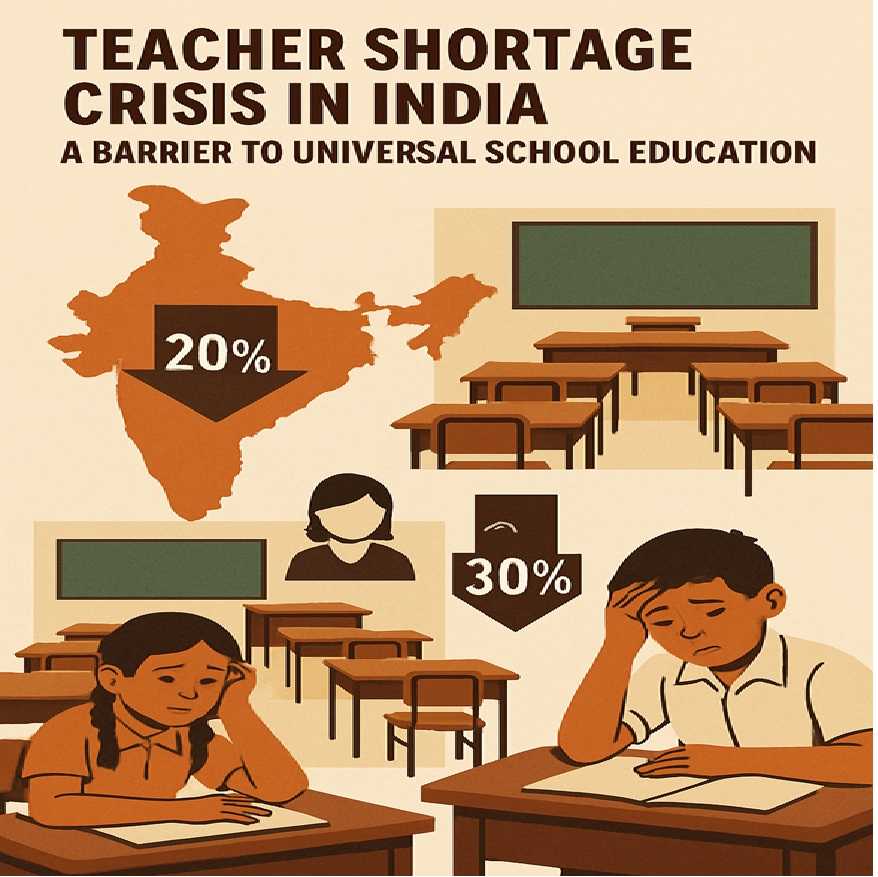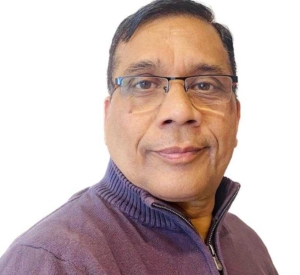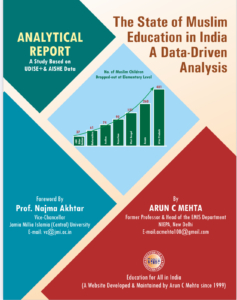
Teacher Shortage Crisis in India, A Barrier to Universal School Education
Teacher Shortage Crisis in India: A Barrier to Universal School Education
Introduction
Universal school education, a cornerstone of India’s Right to Education (RTE) Act, 2009, aims to provide free and compulsory education for all children aged 6–14 years. However, achieving this goal faces significant challenges, with the acute shortage of teachers in government schools being a primary obstacle. This article explores the teacher shortage crisis in Karnataka, as highlighted in a recent report, and compares it with similar issues across other Indian states. Drawing insights from educationforallinindia.com, it evaluates the critical role of addressing this crisis in achieving universal school education.
Teacher Shortage in Karnataka
In Karnataka, Purushottam Bilimale, chairman of the Kannada Development Authority (KDA), reported an alarming 55,000 teacher vacancies in government-run primary and high schools as of July 2025. The situation is set to worsen, with an additional 36,000 teachers expected to retire by April 2026, potentially pushing the deficit to 100,000 (Economic Times, 2025). Despite efforts to mitigate this through the appointment of 32,000 guest teachers and an additional 12,000 recently hired, the shortage remains a state-wide issue, not confined to border areas. Bilimale has raised this concern with Chief Minister Siddaramaiah and Education Minister Madhu Bangarappa, advocating for prioritized appointments in border districts.
Teacher Shortage in Other States
The teacher shortage is a national challenge affecting multiple states. In Jharkhand, recruitment issues persist, with eligible aspirants excluded, exacerbating the crisis. Haryana faces challenges where Hindi teachers are compelled to handle English classes, and science lessons rely on YouTube due to a lack of qualified educators. In Rajasthan, the upgrade of 96 upper primary schools to senior secondary level has not been accompanied by provisions for additional teachers, amidst 125,000 vacancies (2024). Karnataka itself lacks physical education teachers, impacting students’ holistic development (2024). According to educationforallinindia.com, the national teacher vacancy rate in government schools is approximately 10–15%, with states like Uttar Pradesh, Bihar, and Jharkhand facing severe deficits. These shortages disrupt the RTE-mandated teacher-pupil ratios of 1:30 for primary and 1:35 for upper primary levels, compromising educational quality.
Importance for Universal School Education
The teacher shortage poses a significant barrier to achieving universal school education in India. The RTE Act 2009 emphasizes both access and quality, both of which are undermined by inadequate staffing. Educationforallinindia.com highlights that shortages lead to overcrowded classrooms, reduced instructional time, and reliance on underqualified guest teachers, disproportionately affecting marginalized communities (Arun, 2024). The PARAKH report by the Ministry of Education reveals foundational learning gaps in core skills like reading and numeracy, partly attributable to insufficient teachers (Ministry of Education, 2023). Addressing this crisis is critical for ensuring equitable education, reducing dropout rates, and achieving Sustainable Development Goal 4 (SDG 4) for quality education by 2030.
Concluding Observations
The teacher shortage in Karnataka and other states reflects a systemic challenge threatening India’s progress toward universal school education. While temporary measures like guest teacher appointments provide short-term relief, long-term solutions require robust recruitment, improved teacher training, and retention strategies, as emphasized by educationforallinindia.com (2024). Prioritizing rural and border areas and addressing systemic issues like delayed grants are essential. Without urgent action, educational inequities will persist, hindering India’s socio-economic development. Collaborative efforts between central and state governments, alongside community engagement, are vital to bridge this gap and realize the vision of universal education.
Suggested Readings
- Education for all in India (2024): Progress and challenges.
- Economic Times. (2025, July 12). Karnataka teacher shortage reaches alarming levels: KDA chief warns of 1 lakh deficit by 2026.
- Ministry of Education. (2023). PARAKH report: National achievement survey 2023. Government of India.





